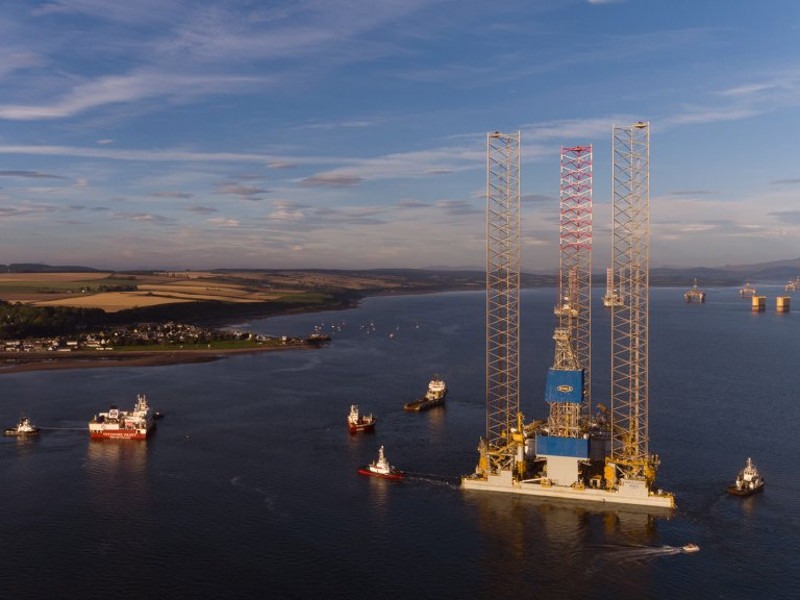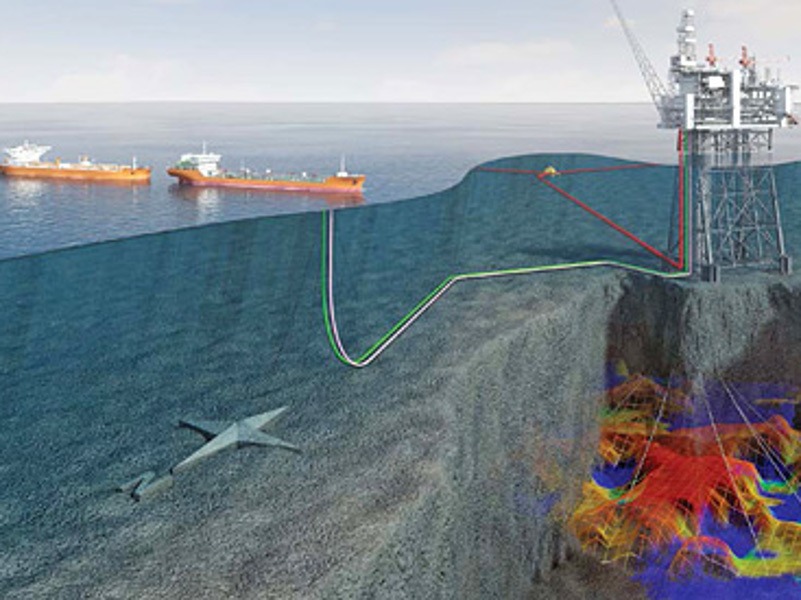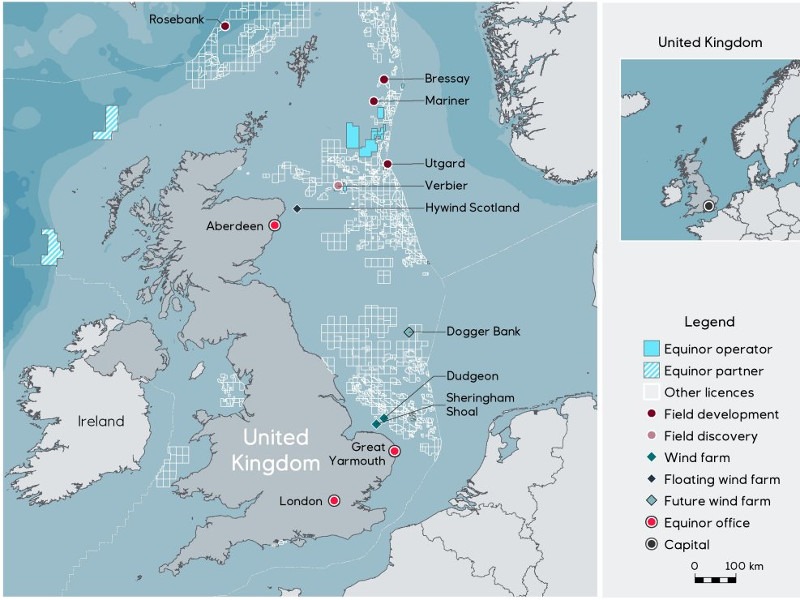Mariner oil field, located 150km east of Shetland, in the northern North Sea, UK, is scheduled to commence production in the first half of 2019. The $7bn offshore development project represents one of the biggest upstream investments in the UK Continental Shelf (UKCS) in the last 15 years.
Equinor (formerly Statoil) is the operator and holds 65.11% interest in the Mariner development project, while the remaining interests are held by JX Nippon (20%), Siccar Point (8.89%), and Dyas (6%).
Discovered in 1981, the Mariner heavy oil field lies in water depths between 97m and 112m in the Block 9/11 of the UKCS. It is estimated to contain 300 million barrels of recoverable oil reserves.
The offshore field is expected to produce 55,000 barrels of oil a day over its estimated life of 30 years.
Project Gallery
-

Production drilling for the Mariner offshore field was started in December 2016. Image courtesy of Equinor.
-

The Mariner oil field is expected to commence production in 2019. Image courtesy of Equinor.
-

Mariner is a heavy oil field located 150km east of Shetland, in the UK North Sea. Image courtesy of Equinor.
Mariner oil field reservoirs
The Mariner oil field comprises two shallow reservoirs. The Maureen Formation situated at 1492m below sea level contains oil with an API gravity of 14.2, whereas the Heimdal Formation lying at 1,200m below sea level contains oil with 2.1 API gravity.
Mariner oil field development history
Equinor became the operator of Mariner offshore oil field in 2007 and released the development concept for the project in September 2011.
An environmental statement (ES) for the project was submitted for approval to the UK Department of Energy and Climate Change (DECC) in May 2012.
The final investment decision (FID) was announced in December 2012. The DECC approved the Mariner field development plan February 2013.
Offshore installation works were started in 2015, whereas production drilling for the project was started towards the end of 2016.
Mariner field production infrastructure
The Mariner offshore field is planned to be developed with 50 wells and 92 side-tracks. The production wells will be tied-back to a fixed steel jacket production, drilling, and quarters (PDQ) platform called Mariner A.
The Mariner A platform rises 250m from the sea bed and weighs approximately 40,000t. Apart from a drilling platform, the PDQ unit will feature gas and water removal facilities.
The produced water will be re-injected into the reservoirs to maintain pressure, while the gas will be utilised as fuel for offshore power generation.
The PDQ platform will be tied-back to a floating storage and offloading unit (FSU) called Mariner B.
The stabilised oil from the Mariner-A PDQ facility will be piped to the FSU vessel for storage, from where it will be shipped onshore by shuttle tankers.
Pipelines and subsea infrastructure
Additional gas for power generation on the platform will be supplied through a 33km-long and 6in diameter gas import pipeline connecting the Vesterled pipeline.
A separate 2.4km-long and 6in-diameter diluent import pipeline will supply diluent from the FSU to the PDQ platform.
The stabilized crude oil from the PDQ will be transferred to the FSU through a 2.6km-long and 10in-diameter pipeline.
All the pipelines are connected to their respective structures by pipeline end terminations (PLETs) and spools.
The Mariner production platform will be connected with a 73km-long fibre-optic communication cable from the Heimdal platform located in Block 25/4 of the Norwegian North Sea.
Contractors involved
Samsung Heavy Industries was awarded the contract to deliver the FSU for the Mariner oil field. Wärtsilä was subcontracted for providing the pumping solutions for the FSU.
Aker Solutions received the $39m front-end engineering and design (FEED) contract for the PDQ’s topsides June 2011, whereas SNC-Lavalin was awarded the FEED contract for the platform’s jacket in November 2011.
Topside modules for the PDQ were constructed by Daewoo Shipbuilding & Marine Engineering (DSME) in South Korea.
The engineering, procurement and construction (EPC) contract for the steel jacket was awarded to Dragados Offshore.
Saipem was engaged for heavy lift operations of the project.
Odfjell Drilling was awarded a £160m ($245m) contract to provide drilling services for the project, in April 2013. Noble Drilling was awarded the contract to provide its Noble Lloyd Noble jack-up rig for the project in the same year.
Schlumberger was awarded the integrated drilling and completion services contract for the Mariner oil field development project in 2014.
Subsea 7 was awarded an EPC contract worth $170m for 38.6km of rigid flow lines and flexible riser systems, and associated infrastructure and equipment for the offshore field development.
Aker Solutions was contracted to provide field maintenance and modification services for the project in June 2014.
